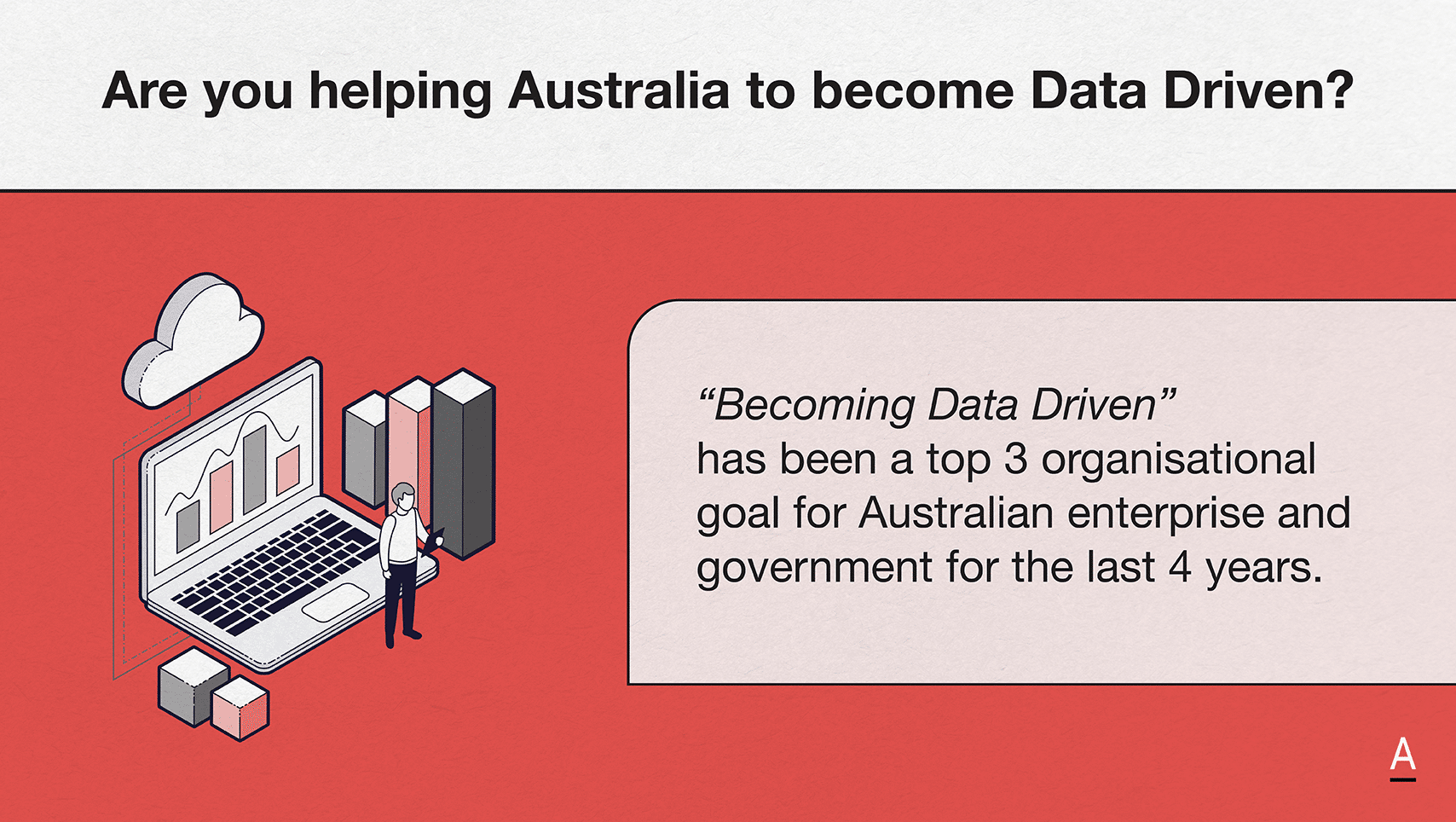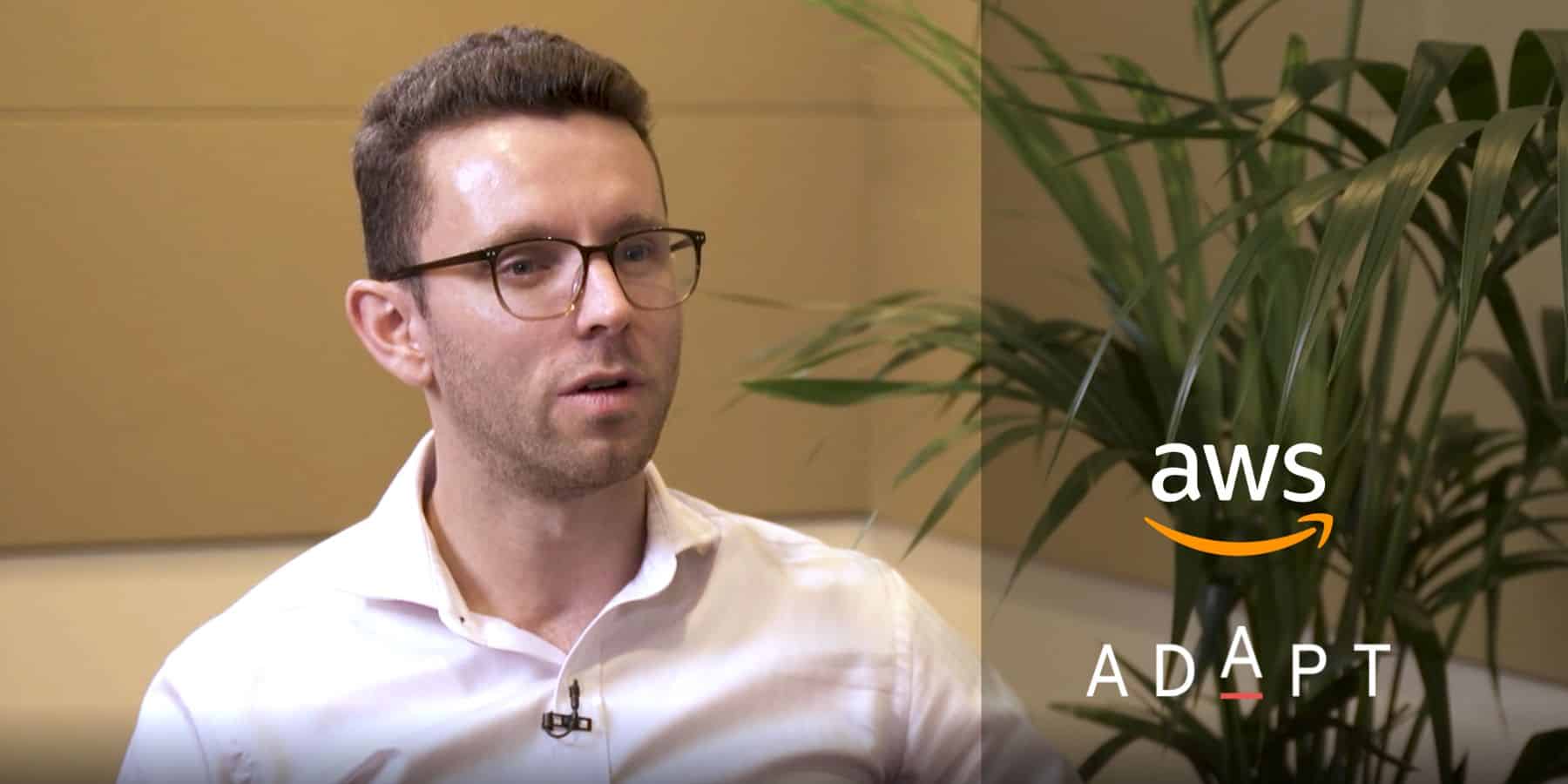Hybrid infrastructure – the integration of on-premises, private cloud, and public cloud environments – is reshaping how Australian businesses operate.
By combining diverse IT systems into a unified model, organisations are gaining the flexibility to scale resources, optimise costs, and maintain continuity in times of disruption.
However, this transformative approach comes with its complexities. Advanced hybrid IT management tools are emerging as essential for navigating these challenges, enabling seamless integration, robust security, and operational efficiency.
Australian businesses are increasingly recognising that hybrid IT is not just a choice but a necessity.
“We are seeing a resurgence of ‘hybrid’ conversations, especially with mid to large sized Australian organisations. These businesses have well-established IT systems and realise that hybrid infrastructure is not just a better fit, it is inevitable,” says Da
The three generations of IT
A defining characteristic of hybrid IT environments is the coexistence of three distinct generations of IT systems. The first, cloud-native or Gen Z, is characterised by fast, innovative workloads born directly in the cloud.
These systems are lightweight and cost-effective, leveraging advanced platform services like PaaS and SaaS (platform as a service and software as a service respectively).
“New initiatives in recent years may have spawned in this cloud-native manner, but these are long-established institutions with years of complex business operations to consider,” Cox says.
The second, dubbed Millennial IT, represents workloads migrated to the cloud but not fully modernised. This middle generation often struggles with inefficiencies, cost overruns, and security vulnerabilities. “A vast majority of the Millennial IT workloads are lift-and-shift victims running in a new paradigm. Moved but not modernised. Shifted not secured,” Cox says.
The third generation is legacy IT – the critical, older systems often running on traditional virtualisation platforms.
While these are sometimes seen as outdated, they remain integral to many organisations’ operations. “Legacy remains incredibly valuable, to customers and shareholders alike. It hasn’t moved because it can’t be moved; it must be replaced. And that takes time, a lot of time,” Cox says.
Most enterprises juggle all three generations of IT, creating a complex landscape that must be carefully managed.
Tackling complexity and diversity
One of the biggest challenges for organisations is managing the diversity inherent in hybrid IT. “Left to their own devices, IT leadership would aspire for all workloads to be designed, built and operated from a single target platform,” Cox says. However, business demands often prevent this. Legacy applications cannot simply be shut down, budgets are limited, and modernisation efforts can be slow and costly.
The result is an environment where IT leaders face competing pressures. “The IT leader of today is stretched in multiple directions, facing complexity like never before. Diversity is here to stay, because the business won’t have it any other way,” Cox says.
Centralised management and security
Centralised hybrid IT management tools are critical in mitigating the risks associated with complex environments. These tools provide a unified view of the IT landscape, allowing organisations to monitor, enforce policy, and streamline operations across on-premises, cloud, and data centre environments.
“Centralised hybrid management tools play a crucial role in mitigating risk in hybrid environments. These tools help provide a single pane of glass across the IT landscape,” Cox says. With advanced capabilities like AI-driven automation, these tools can identify anomalies and potential threats in real time.
However, knowing the limitations of these tools is equally important. “Knowing where these tools overlap or have gaps is critical. It’s the functionality on the fringes that can lead to issues,” Cox says. Effective integration across tools is key to ensuring comprehensive coverage and avoiding vulnerabilities.
Balancing innovation with cost efficiency
Hybrid IT is also enabling businesses to strike a balance between cost optimisation and innovation. By placing workloads where they are most suited – whether on-premises or in the cloud – organisations can adapt to new opportunities while controlling expenses.
“Hybrid cloud has become a key strategy for balancing cost efficiency with business innovation. It enables organisations to place workloads where they are most suited,” Cox says. For traditional workloads, public cloud environments can be costly and inefficient, while on-premises setups can present security challenges.
Systems integration is crucial for achieving this balance. “The best organisations integrate data models, security and management tools from the outset, ensuring long-term sustainability,” Cox says. This approach allows workloads to move seamlessly between environments, ensuring optimal performance and cost-effectiveness.
The path forward
As hybrid IT continues to evolve, Australian businesses are positioning themselves to thrive in a digital-first world. By embracing advanced management tools, integrating systems effectively, and balancing cost and innovation, they are safeguarding their operations and enhancing resilience.
The journey is not without its hurdles, but for those willing to adapt, hybrid IT offers a clear path to operational excellence and long-term success.
“Most Australian enterprises have all these generations of IT, running side-by-side all under one roof. It is clear that they have no choice but to embrace the complexity. Failure to adapt is simply not an option.”
A recent white paper, Business Resilience in the Age of Hybrid Infrastructure, explores how businesses are leveraging this adaptable model to thrive amid challenges.
“In 2021, the global hybrid cloud market was valued at $US85 billion and is expected to reach $US262 billion in 2027,” the white paper says. “Over this period, the Asia Pacific region is expected to grow at the highest rate, according to research from Statista.”
Navigating complexity
The hybrid approach allows organisations to mitigate risks through redundancy, distributing workloads across diverse environments. This strategy ensures operational continuity even during significant disruptions. “Hybrid models enable backup and disaster recovery across on-premises and cloud systems, ensuring continuity during severe disruptions,” says Gabby Fredkin, head of analytics and insights at ADAPT.
Yet, managing these diverse environments presents challenges. As systems grow more interconnected, businesses must contend with visibility gaps, integration issues, and expanded attack surfaces. Fredkin stresses in the white paper that simplifying operations through unified management tools is vital. Tools like Azure Arc provide a centralised view of IT environments, enhancing governance, security, and compliance.
Balancing costs and innovation
Cost efficiency remains a top priority for Australian CIOs, particularly in a volatile economic climate. Hybrid IT strategies allow organisations to align workloads with the most cost-effective platforms. The white paper highlights how hybrid models help businesses balance capital and operational expenditures while maintaining performance.
“Cloud resources, especially pay-as-you-go models, enable dynamic scaling, ensuring businesses only pay for what they use,” says head of product for cloud at Interactive David Leen. This adaptability is particularly valuable as organisations juggle cost pressures and the need for technological innovation.
With its blend of flexibility, scalability, and security, hybrid infrastructure is positioning Australian businesses for long-term resilience. Fredkin describes the model as a “foundation for adaptability”, allowing organisations to pivot swiftly in response to emerging challenges or opportunities.
To find out more, please visit Interactive.





















